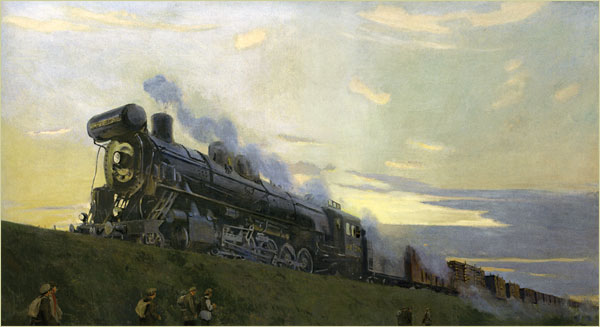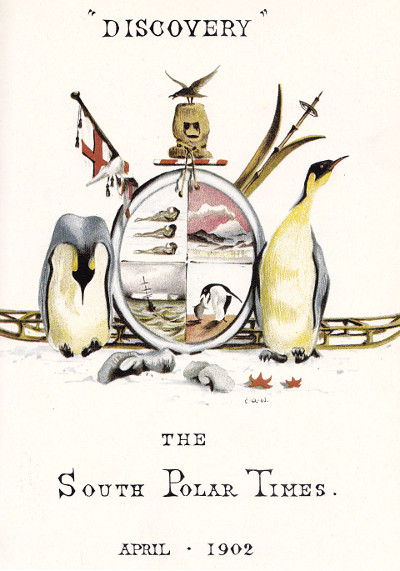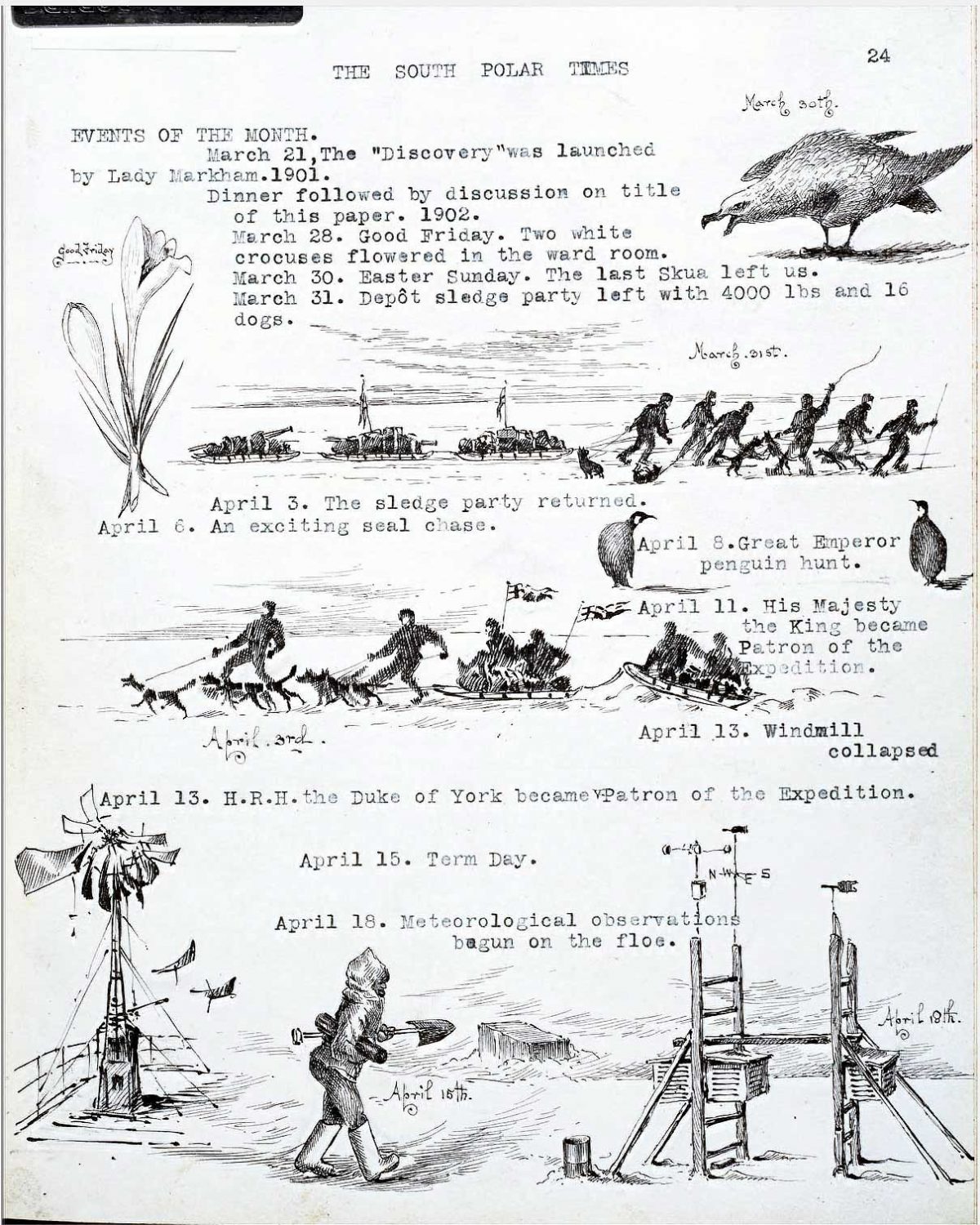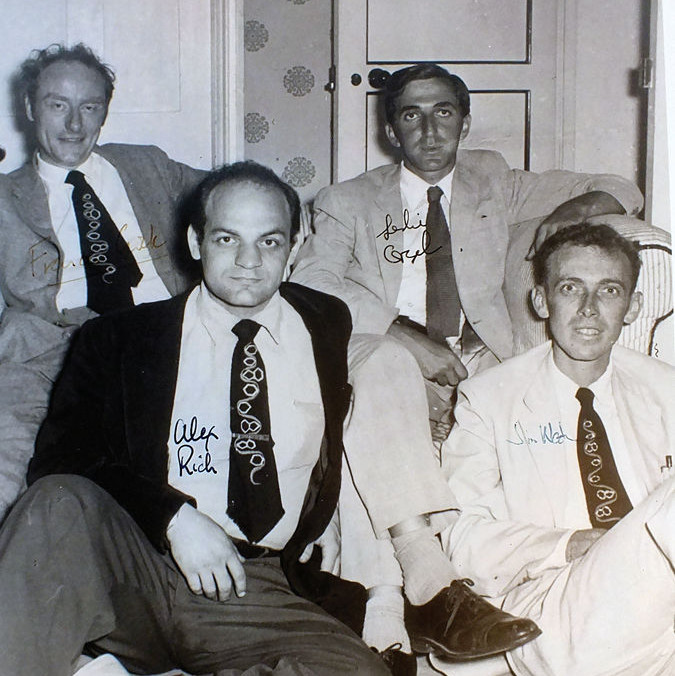Last year I mentioned that during Scotland’s 1904 Antarctic expedition, piper Gilbert Kerr had serenaded a penguin:
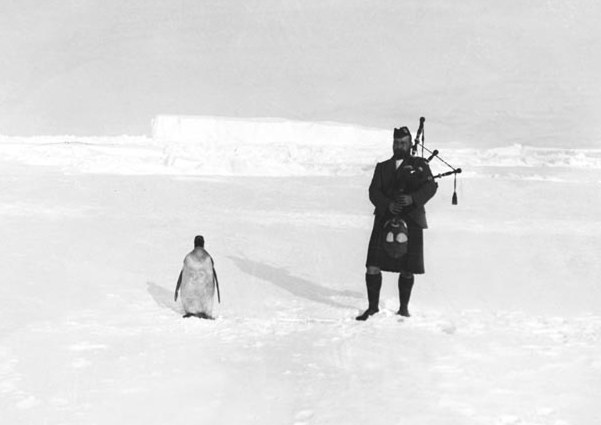
Well, by Ernest Shackleton’s expedition three years later they’d advanced to gramophones:
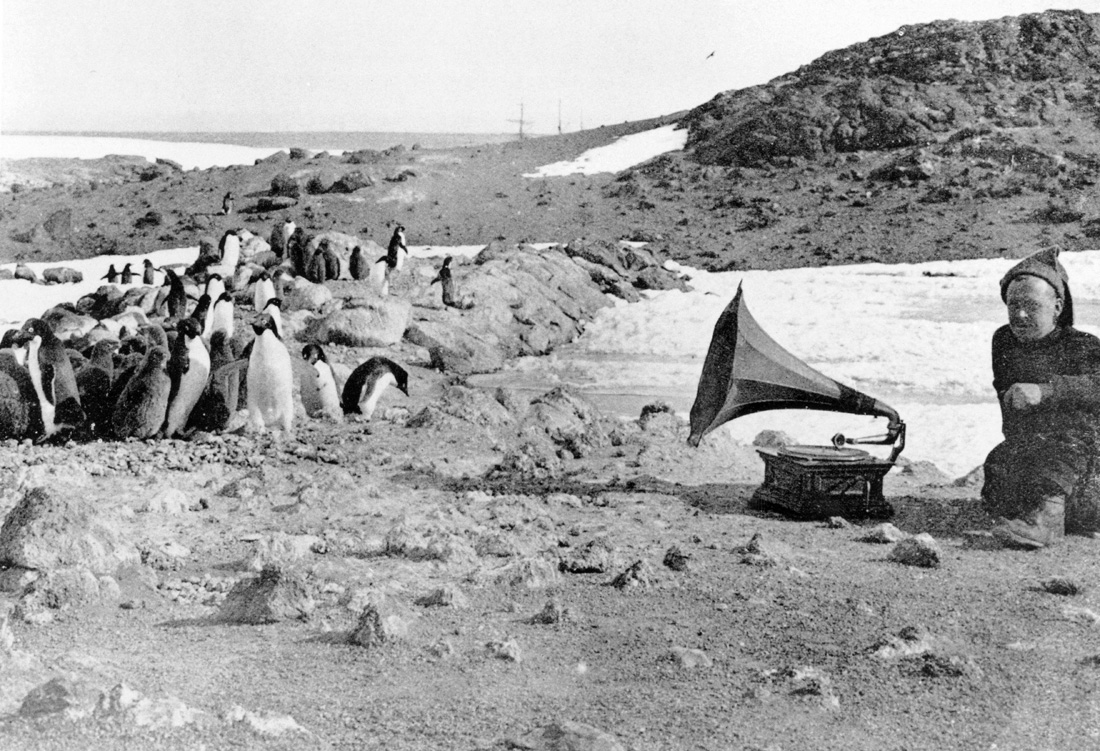
This doesn’t seem to have gone any better, but it’s increasingly clear that we’re the obtuse ones. Shackleton’s biologist, James Murray, wrote, “They came up to a party of strangers in a straggling procession, some big aldermanic fellow leading. At a respectful distance they halted, and the old male waddled close up and bowed gravely until his head almost touched his breast. With his head still bowed he made a long speech in a muttering manner, and having finished his speech he still kept his head bowed for a few seconds for politeness sake, and then raising it he described with his bill as large a circle as the joints of his neck would allow, and finally looked into our faces to see if we understood. If we had not, as usually was the case, he tried again.
“He was infinitely patient with our stupidity, but his followers were not so patient with him, and presently they would become sure that he was making a mess of it. Then another male would waddle forward and elbow the first Emperor aside as if to say, ‘I’ll show you how it ought to be done,’ and went again through the whole business.”
“They are the civilized nations of the Antarctic regions, and their civilization, if much simpler than ours, is in some respects higher and more worthy of the name.”

